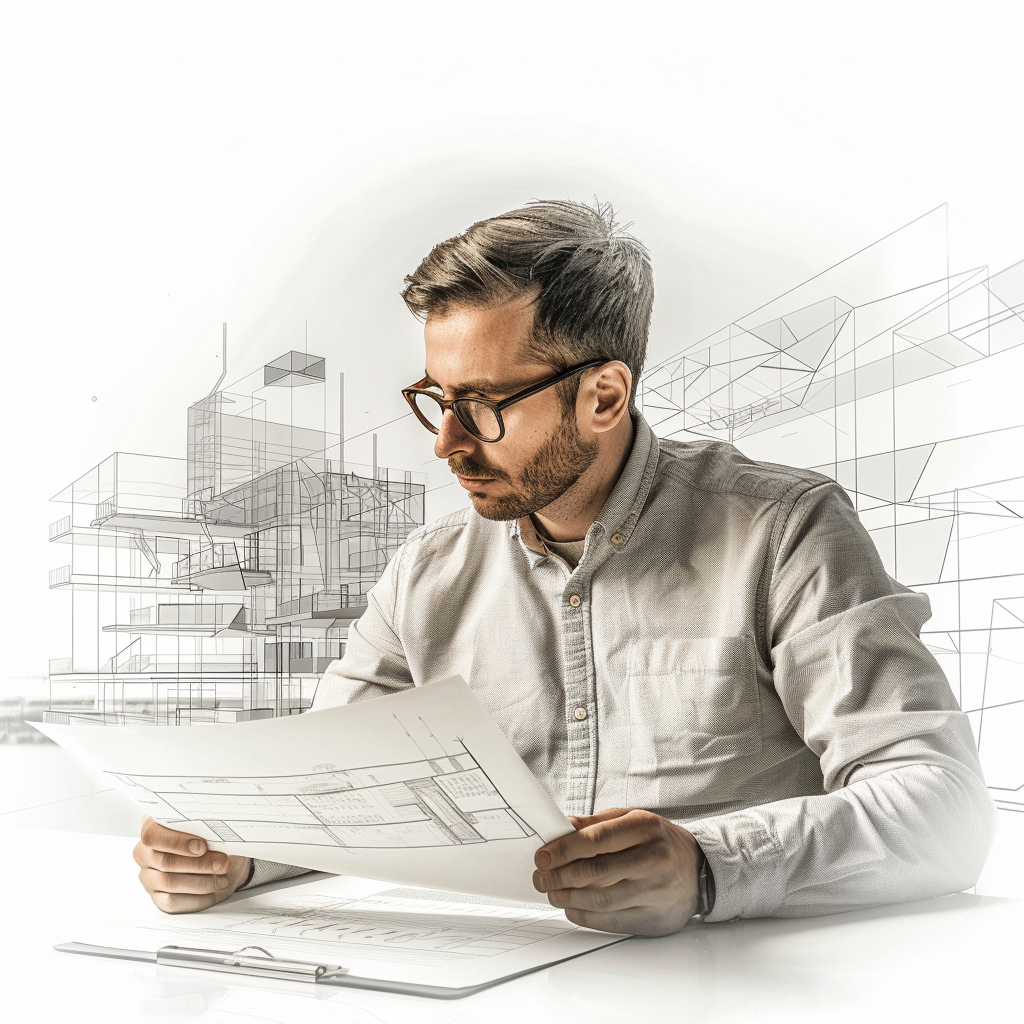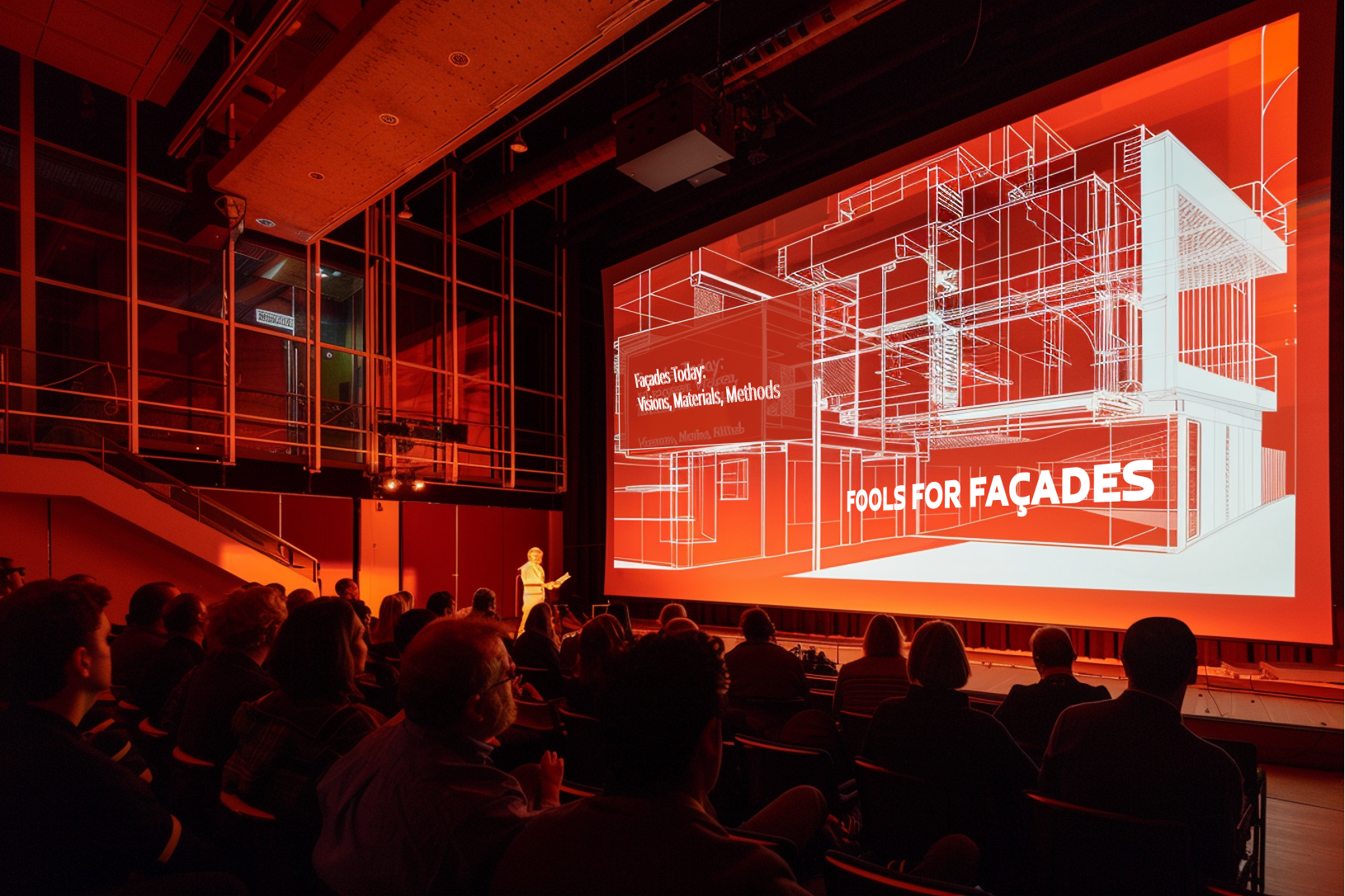
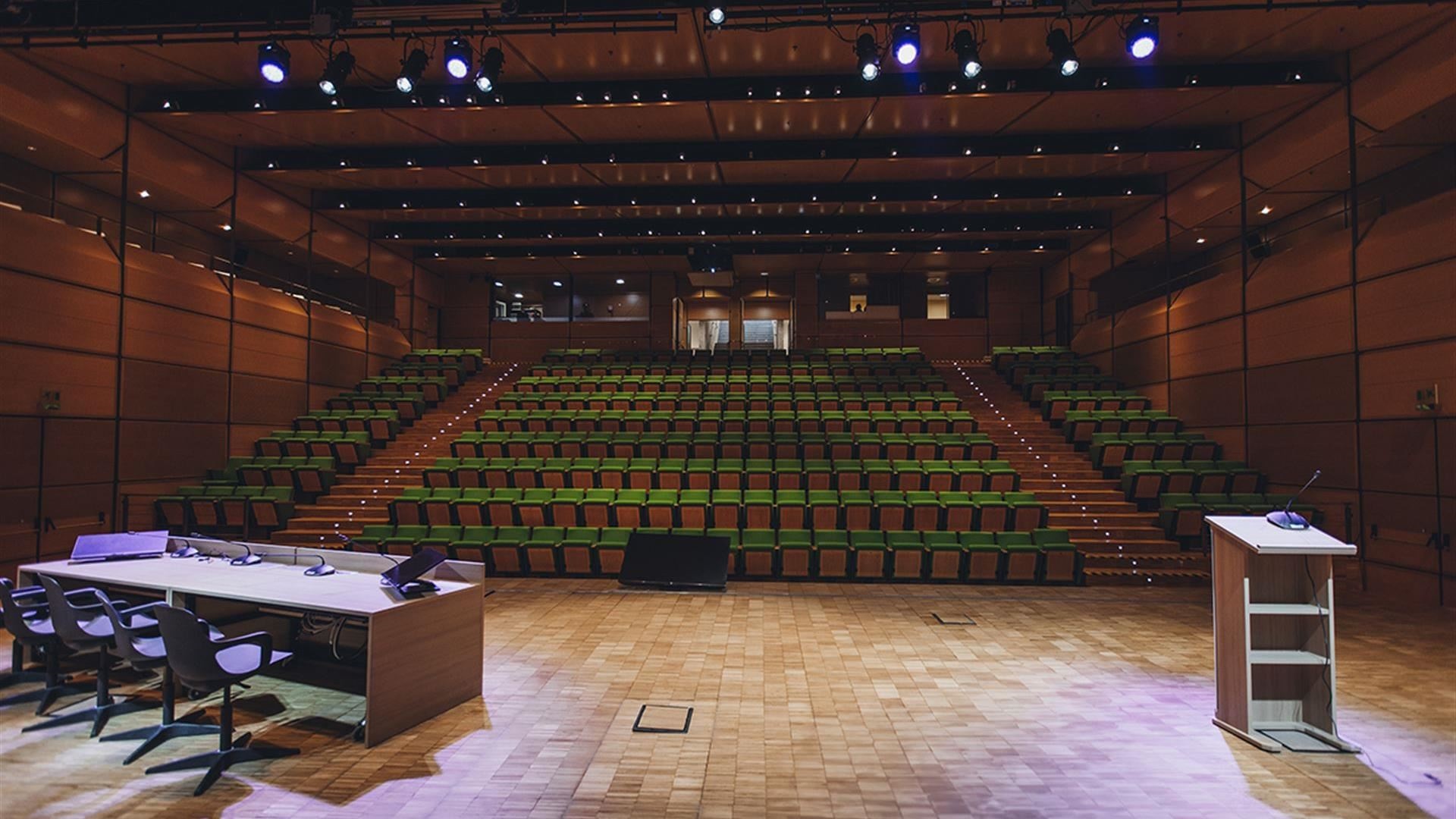
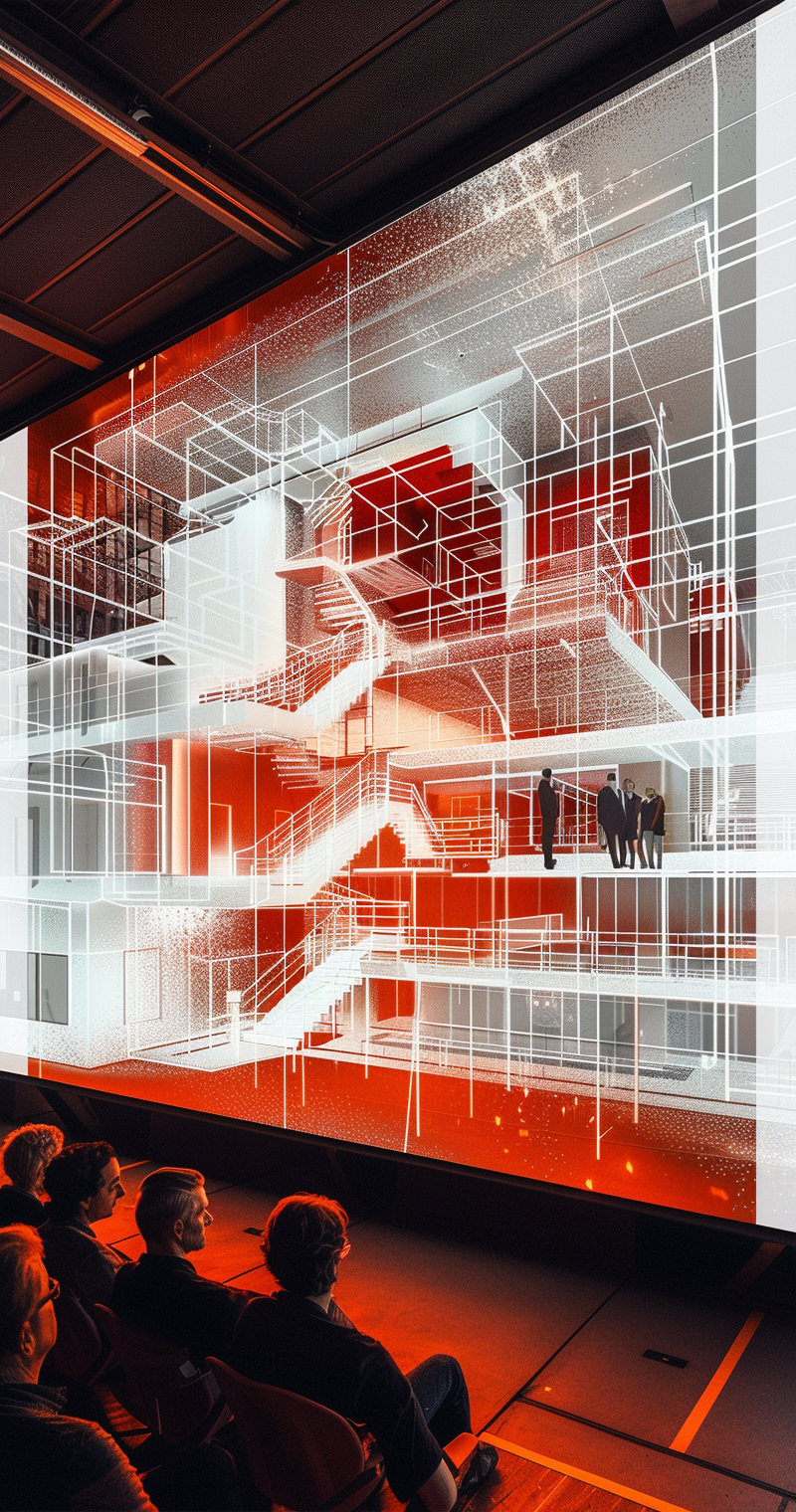
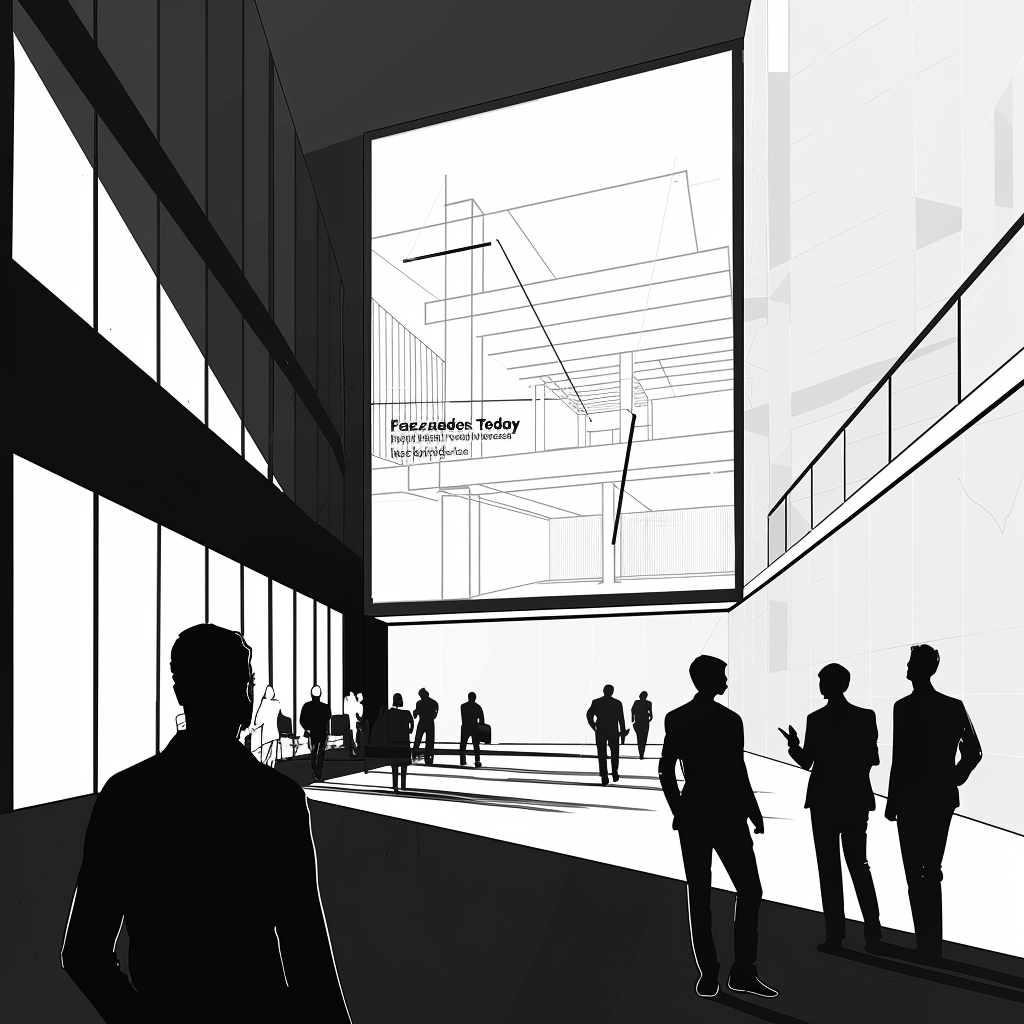
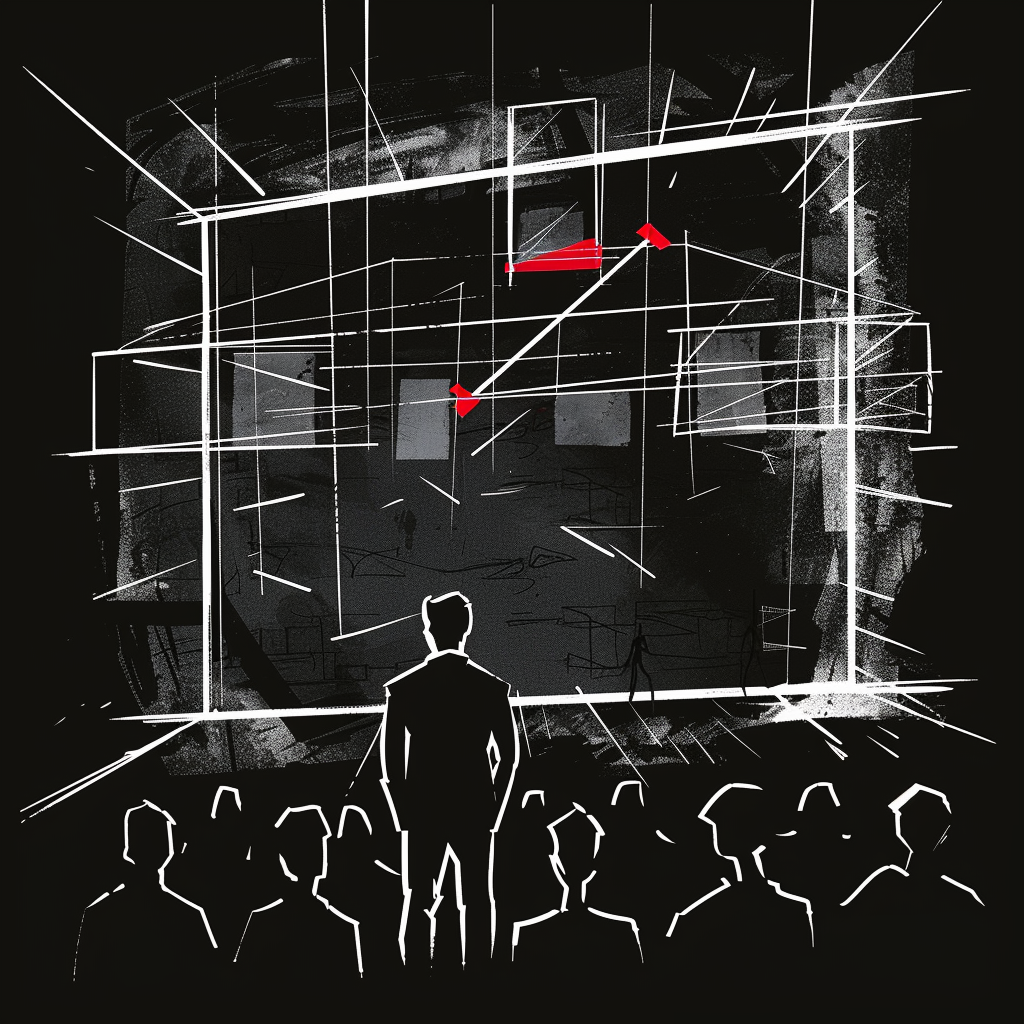
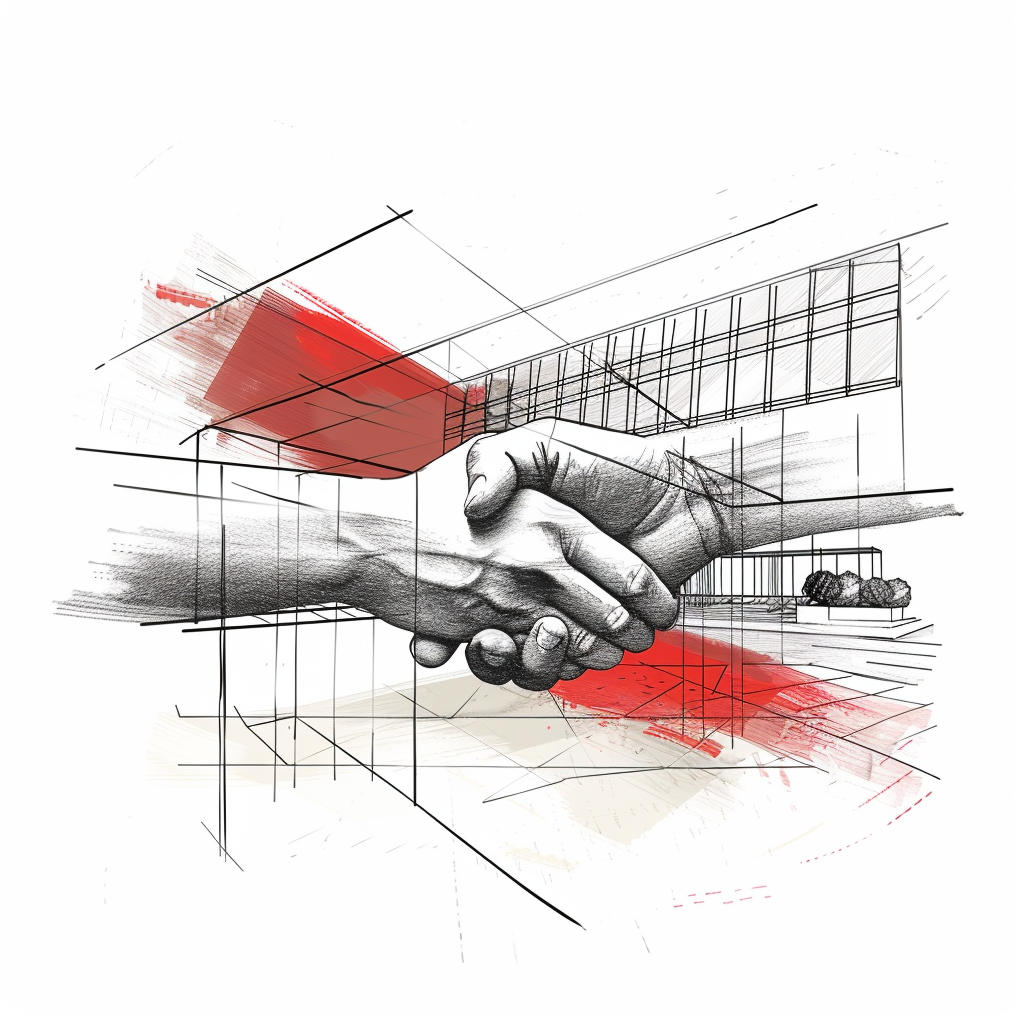
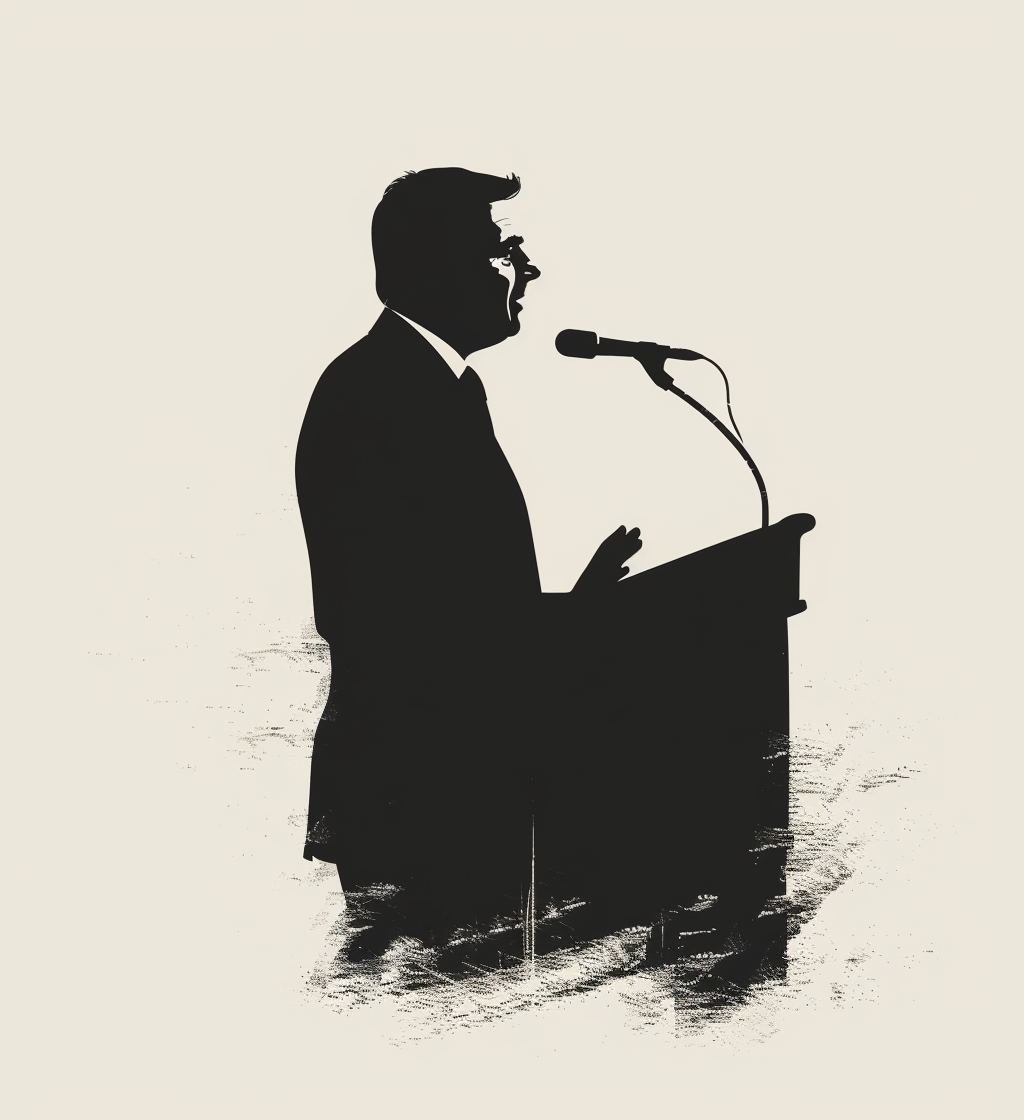

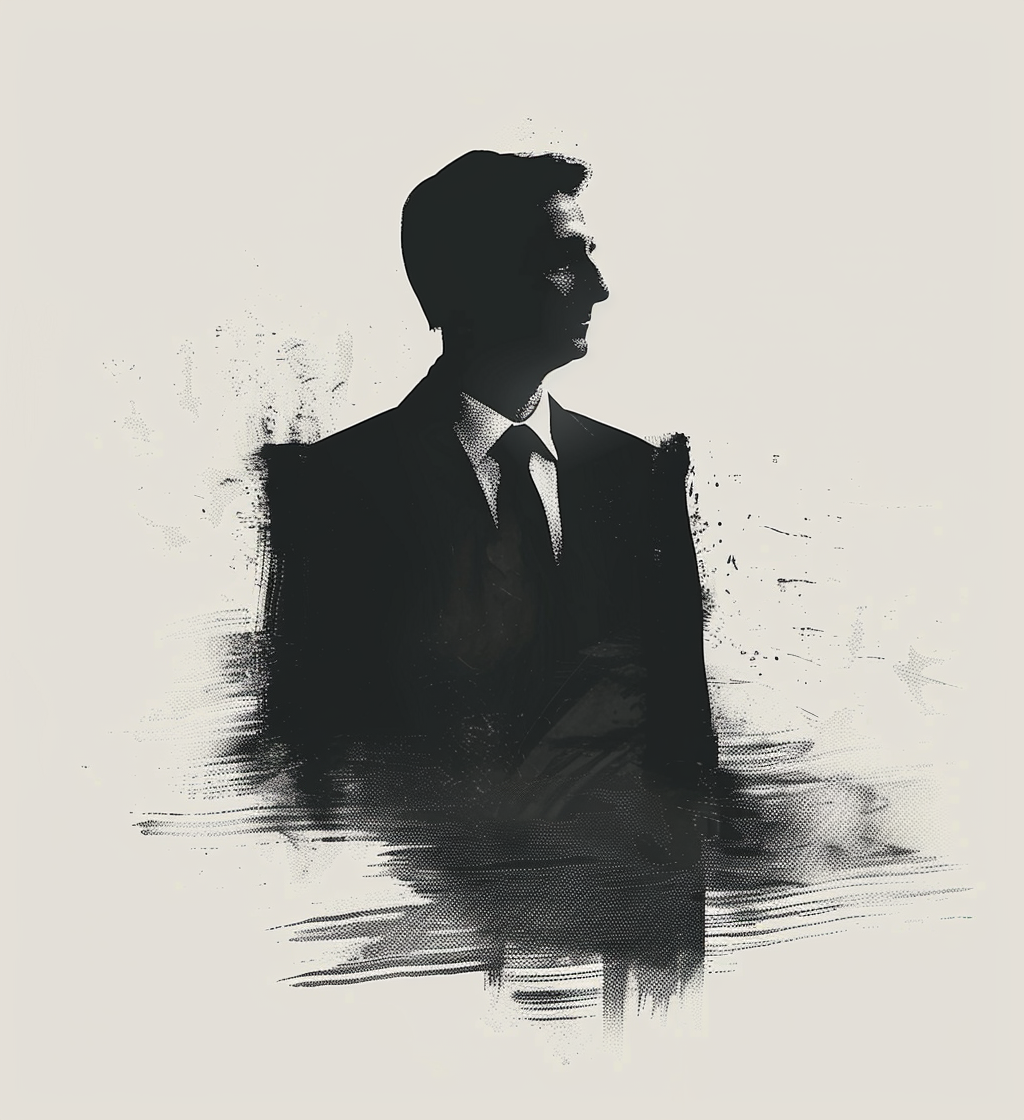

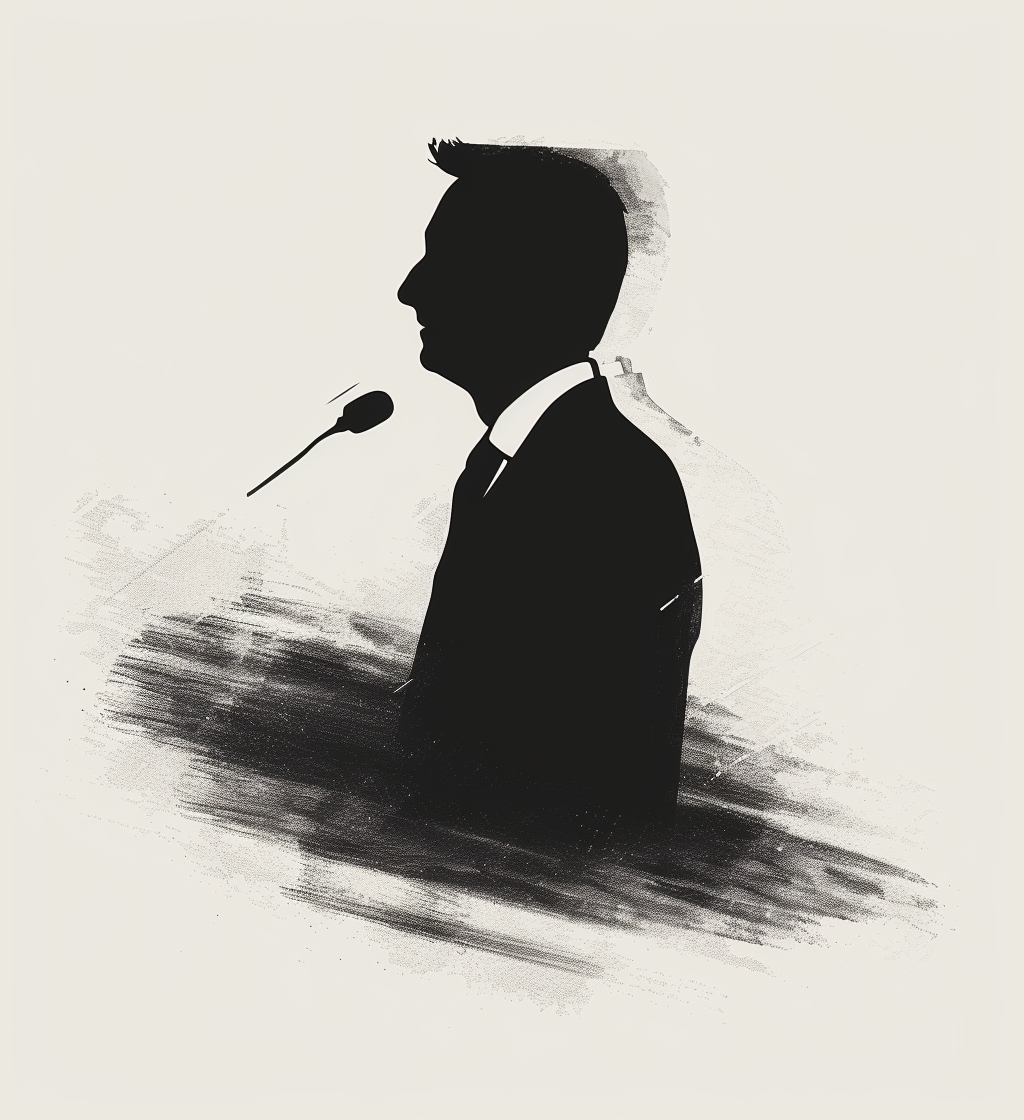
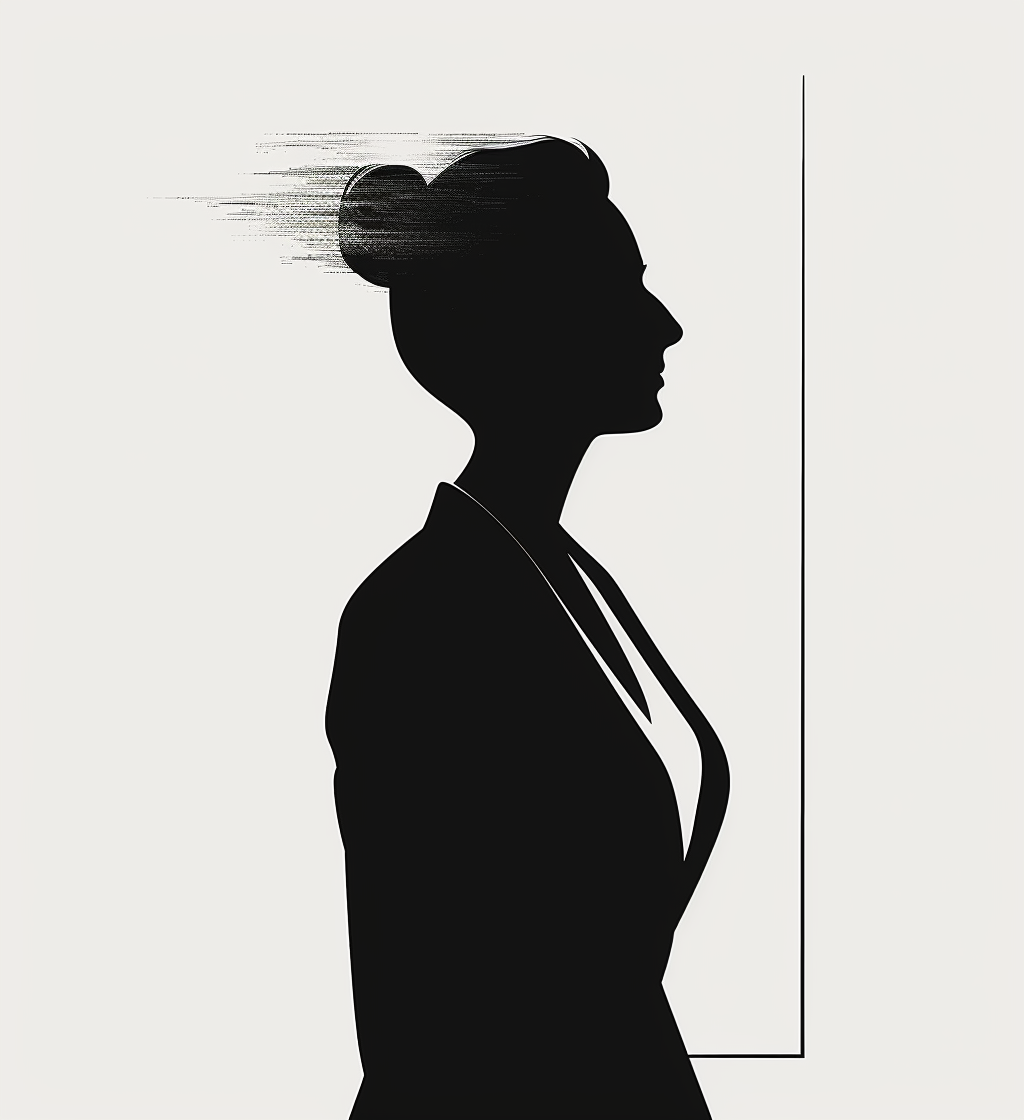





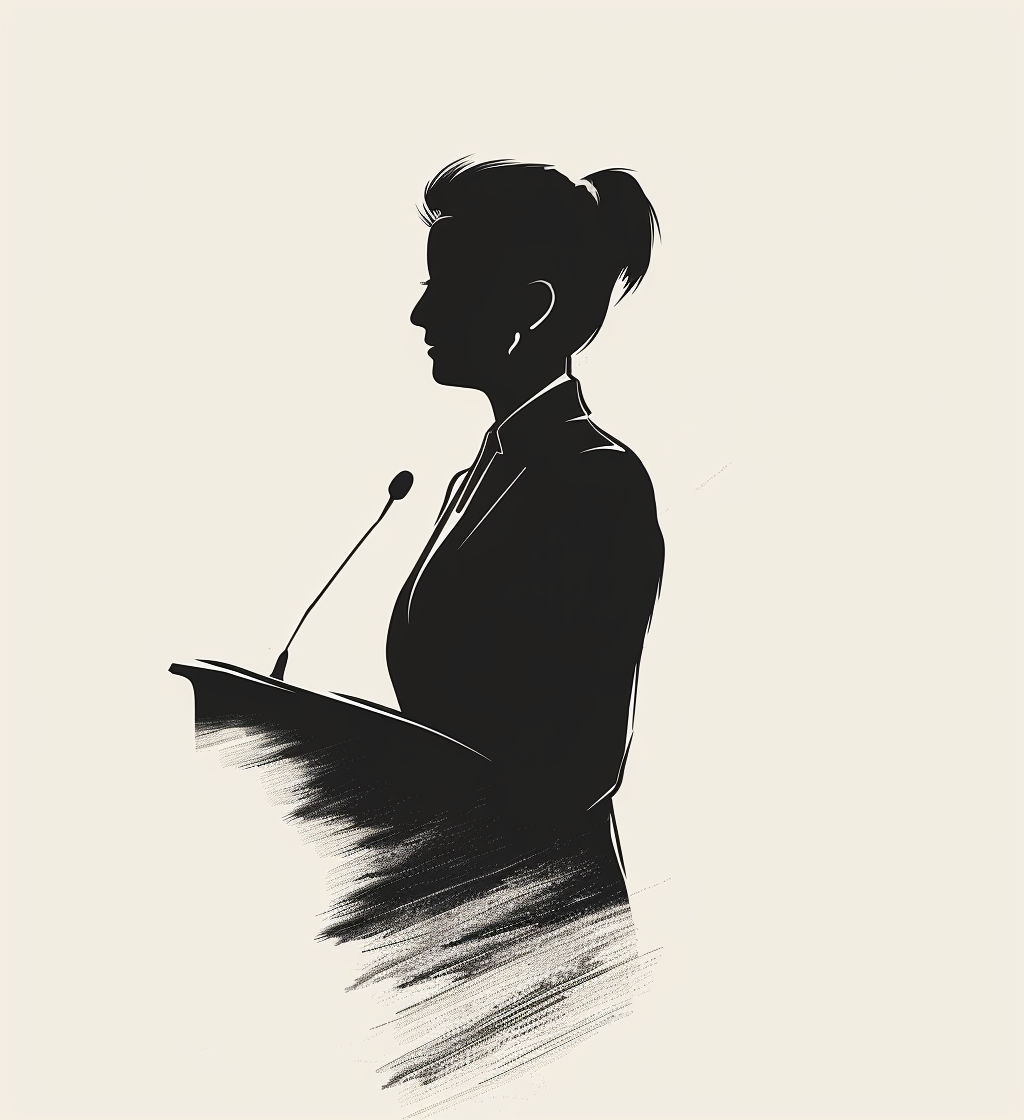
As laminated glass evolves from a basic safety feature to a structural and aesthetic cornerstone of modern architecture, the role of interlayers has become increasingly critical.
Few people understand this transformation better than Allan Gibson, Global Product and Marketing Segment Manager at Kuraray Europe GmbH.
With a background spanning North Europe, the UK, and global markets, Allan has worked closely with architects, engineers, and façade specialists to translate performance requirements into real-world glass solutions.
In this interview, he discusses Kuraray’s leading interlayer technologies — including SentryGlas® and Trosifol® — and how sustainability, safety, and design freedom are shaping the next generation of high-performance façades.
Allan: I joined Kuraray nearly seven years ago, with an initial focus on working closely with architects, designers, engineers, and consultants to guide them in selecting appropriate laminated glass constructions from our wide portfolio of products manufactured worldwide.
My main responsibility was to ensure that solutions complied with the relevant codes and standards relevant to glazing applications in each project.
Much of this work was centred in London — one of the world’s leading design hubs — where decisions on engineered glazing solutions often influence projects far beyond the UK.
Recognising the importance of technical expertise, I became actively involved with professional bodies such as the CWCT (Centre for Window and Cladding Technology), the SFE (Society of Façade Engineers), and the BRE (Building Research Establishment), and went on to complete an MSc in Façade Engineering. This deepened my understanding of engineering requirements, load performance, and the principles of safe and effective glass construction.
Over time, my role expanded to cover the Nordic and Baltic regions, before transitioning into my current global product management position. Today, I’m part of the global product development and delivery team for Kuraray’s Trosifol® PVB and SentryGlas® advanced interlayers.
This role places me at the forefront of structural and security applications, driving innovations that enhance laminated glass performance and safety while meeting the evolving demands of the global glass industry.
Allan: My role centres on connecting the voice of the customer to our development teams, ensuring that our products address the real-world challenges faced by architects, engineers, and specifiers.
For more than 25 years, SentryGlas® has been at the core of protecting buildings against severe weather, particularly in hurricane-prone regions of the United States.
With climate change driving an increase in extreme weather, the demand for resilient glazing is expanding across the Asia-Pacific, where typhoons and flooding present new challenges. Laminated glass with SentryGlas® provides a transparent yet robust barrier against these threats, while also offering solutions for marine environments, high-security projects, and even blast and ballistic applications.
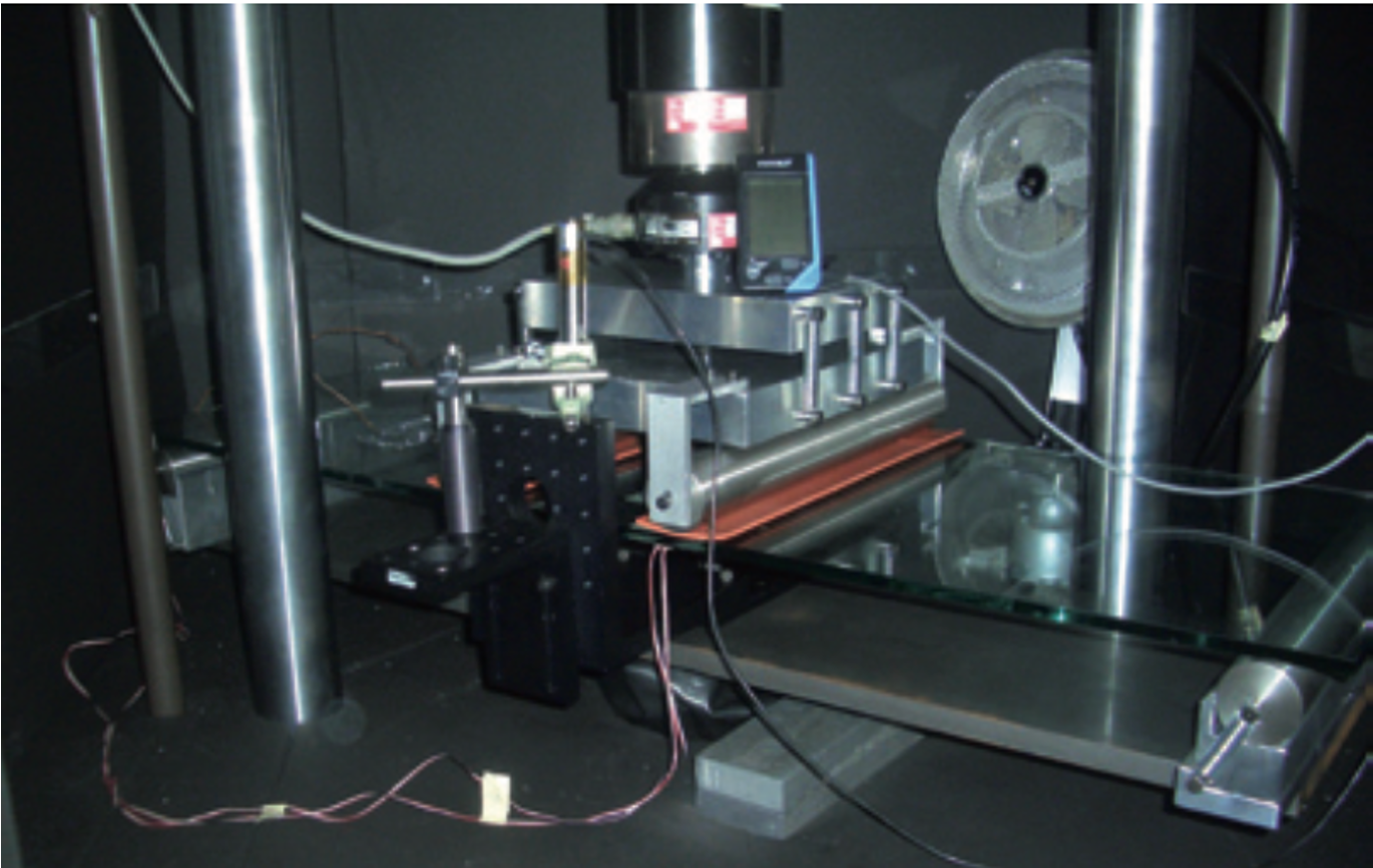
To support these critical markets, we invest heavily in testing, research, and technical guidance for stakeholders. In matters of safety, security, and infrastructure resilience, there is no margin for error.
My focus is on ensuring that data and performance evidence guide correct decisions — decisions that can ultimately safeguard both property and lives.
Allan: What excites me most is the pace of evolution.
Laminated glass has transformed from being a safety requirement to an enabling structural performance for some of the most ambitious architectural designs in the world.
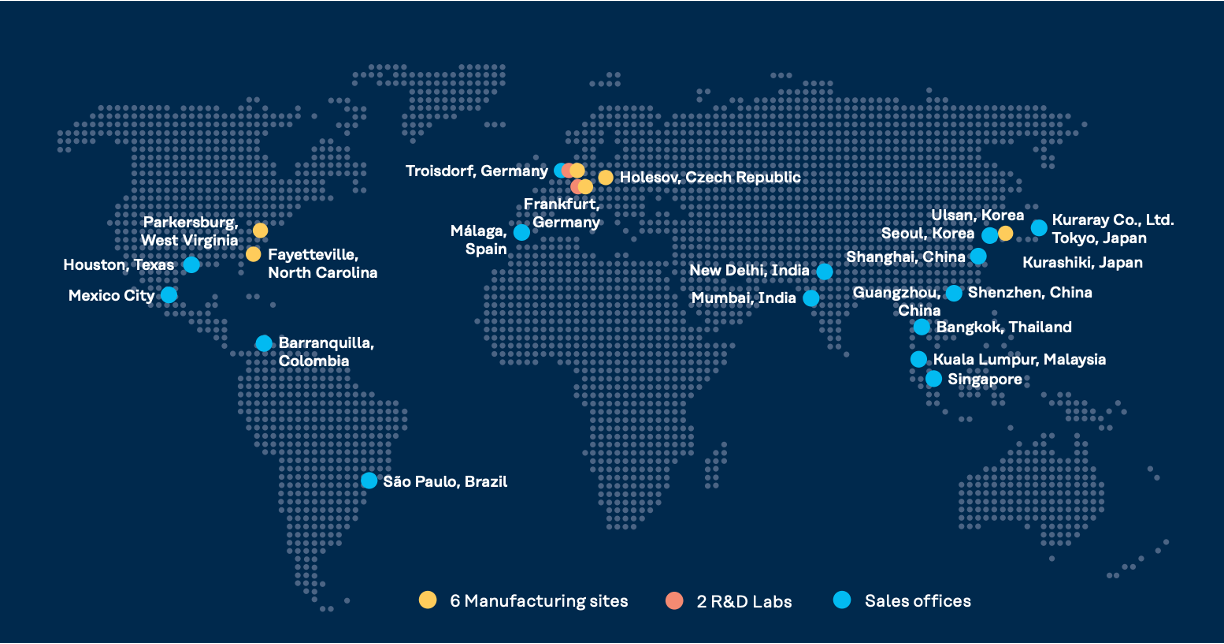
The development of SentryGlas® has unlocked possibilities that once seemed unachievable — enabling larger, stronger, and more transparent structures that redefine how we design with glass.
At the same time, the industry is increasingly focused on sustainability.
I'm particularly proud of Kuraray’s progress here, such as the launch of our low-carbon Trosifol® R3 products, which combine recycled content with reduced environmental impact.
Also, SentryGlas® with its glass coupling qualities and low LCA enables the reduction of glass and metal content.
When paired with low-carbon glass, these innovations show how design excellence and sustainability can go hand-in-hand.
Allan: Kuraray’s interlayer portfolio is designed to give architects and engineers flexibility, performance, and confidence. Transparency is a fundamental requirement, ensuring that laminated safety glass connects interior and exterior environments seamlessly.
Beyond that, our interlayers are engineered for compatibility with insulated glass units (IGUs) and a wide range of façade systems, ensuring reliable integration.
We also offer targeted performance attributes: UV control to support occupant wellbeing or preserve sensitive materials, acoustic performance to improve comfort in urban environments, and enhanced durability to extend service life.

All of this is delivered with a strong focus on sustainability and environmental responsibility. Ultimately, our portfolio combines technical excellence with versatility, empowering designers to balance aesthetics, performance, and environmental priorities in their projects.
Allan: SentryGlas® and Trosifol® complement each other by addressing different architectural priorities.
SentryGlas® ionoplast interlayer is our high-performance structural interlayer, offering exceptional strength, rigidity, and durability.
It is the preferred choice where safety and structural integrity are paramount— from hurricane and typhoon resilience to high-security, blast, and ballistic applications.
Its ability to maintain clarity and edge stability over time also makes it ideal for exposed or open-edged designs.
Trosifol® PVB interlayer, on the other hand, provides versatility across a wide range of decorative and functional needs. Our portfolio includes acoustic grades for sound control, UV-blocking interlayers to protect interiors, and a balanced colour palette for aesthetic expression.
In projects where architects are seeking design freedom alongside safety compliance, Trosifol® PVB delivers both.
Together, they form a complementary toolkit — enabling designers to balance strength, transparency, safety, and creativity depending on the application.
Allan: Sustainability is a driving force in our development strategy. One of our latest milestones is the launch of Trosifol® R3 — the industry’s first low-carbon PVB interlayer with a significant reduction of carbon embodied up to 90% compared with other PVB interlayers. This innovation helps reduce the embodied carbon of glazing systems without compromising performance. When combined with low-carbon glass, it allows architects to specify façades that meet both structural and environmental objectives.
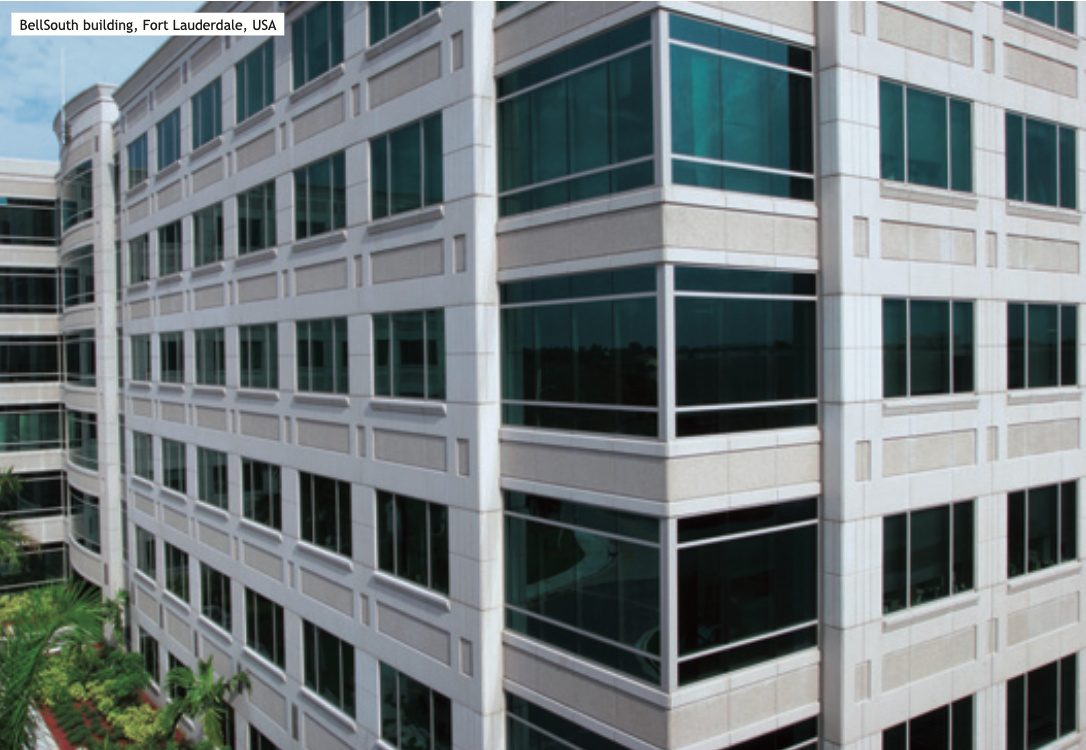
In terms of aesthetics, we continue to expand our decorative range, offering interlayers that deliver subtle tints, or natural light control. These allow architects to express creativity while also addressing wellbeing through daylight management and UV control.
Durability remains equally important. SentryGlas® is engineered to withstand long-term environmental exposure, edge stability challenges, and demanding structural loads — ensuring that laminated glass maintains its safety and appearance throughout its service life.
By addressing these three pillars — sustainability, aesthetics, and durability — Kuraray ensures its interlayers are not only relevant today but future-ready.
Allan: One recent highlight was our involvement in the specification of a high-rise commercial tower where large areas of laminated glass were required for both façades and internal atriums. The design team needed a solution that could deliver high strength and resilience without sacrificing transparency.
Working closely with the façade consultants, we provided technical guidance, testing data, and modelling support to demonstrate how SentryGlas® could meet the structural demands of the oversized panels while ensuring edge stability and long-term durability. At the same time, Trosifol® acoustic interlayers were selected for interior partitions and IGUs, delivering privacy and noise reduction for occupants.
This project demonstrated the strength of collaboration — where our technical expertise supported the design vision, enabling both performance and aesthetics to be achieved without compromise.
Allan: Expectations vary significantly by region, often shaped by climate, regulations, and cultural priorities.
In North America, hurricane protection and building code compliance remain key drivers, with SentryGlas® widely adopted for storm resilience.
In Asia-Pacific, typhoon resistance, flood defence, and rapid urbanisation drive demand for structural safety and infrastructure protection.
In Europe, there is a strong focus on sustainability,acoustic performance, and thermal efficiency — aligning with ambitious climate targets and dense urban living.
In the Middle East, high design temperatures are often prioritised, with the use of SentryGlas® that compensates loads even at the higher temperatures.
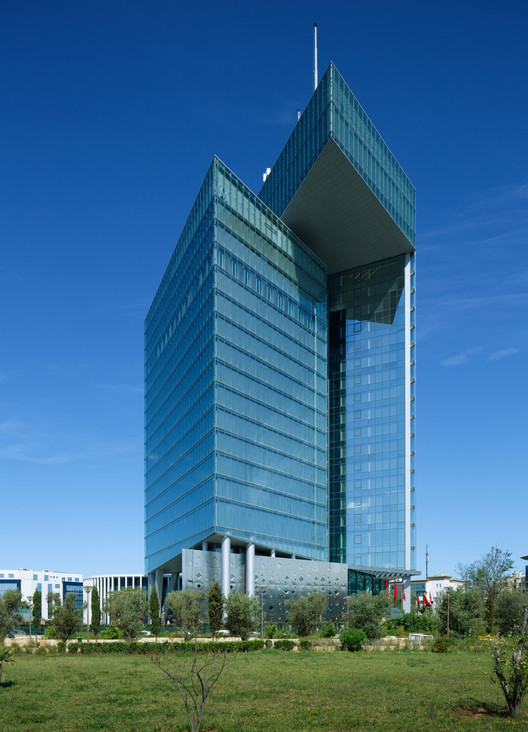
By understanding these regional nuances, we tailor our support to help architects and engineers select interlayers that address both local challenges and global performance standards.
Allan: We support engineers by providing clear, data-driven guidance that enables safe design without compromising aesthetics. This includes comprehensive testing data, design online tools, and close collaboration during the specification stage.
SentryGlas®, for example, offers the strength and stiffness required for large-format or frameless applications while maintaining excellent clarity and minimal visual distortion. Our Trosifol® PVB range offer design flexibility, ensuring that safety requirements are met while architectural intent is preserved.
Ultimately, our role is to empower engineers and designers with both the technical confidence and the creative freedom to realise their vision — delivering glass that is both beautiful and safe.
Allan: Several trends are shaping the future of façades:
Sustainability and embodied carbon reduction —the shift towards low-carbon interlayers and glass is accelerating.
Resilience against climate change — demand for storm, flood, and blast-resistant solutions is growing.
Multi-functional façades — combining safety, energy efficiency, acoustics, and wellbeing in a single solution.
Digital design and modelling — advanced tools are allowing façades to be engineered with greater precision and efficiency.
These trends are converging to create smarter, more sustainable building envelopes where laminated glass plays a central role.
Allan: Kuraray is investing in both product innovation and partnerships to meet the demands of the next generation of buildings.
Our roadmap includes expanding low-carbon product lines, developing interlayers that enhance multi-functionality, and strengthening our collaborations with research institutes and industry organisations.
We are also focused on education and technical support —ensuring that architects, façade engineers, and consultants have access to the knowledge and data needed to make informed, sustainable design choices.
By combining innovation with guidance, Kuraray is preparing not just for the future of façades, but for a future where glass helps cities become safer, more resilient, and more sustainable.
Allan: Think of laminated glass not just as a safety requirement, but as a design enabler. With the right interlayer, glass can be stronger, clearer, safer, and more sustainable than ever before.
It can protect lives, enhance wellbeing, and reduce environmental impact — all while delivering the transparency and beauty that define modern architecture.
Allan Gibson’s insights reflect not only Kuraray’s leadership in interlayer innovation, but also a broader shift in how the industry views laminated glass — not just as a technical component, but as a platform for design, safety, and sustainability. As architecture faces growing demands for performance and responsibility, voices like Allan’s help bridge the gap between material science and creative ambition.At Fools for Façades, we’re proud to spotlight professionals who are helping reshape the envelope of modern buildings — one interlayer at a time.
"Facades Today": is a one-day conference exploring contemporary approaches to façade design, innovation, and cultural meaning.
Expect critical insights, surprising case studies, and practical visions for what comes next in urban envelopes.

Location:
Milan, Monte Rosa 91 - Auditorium

Date:
April 24, 2026 — 09:00 to 18:00

Audience:
The people who shape buildings—designers, engineers & makers

Contact: events@foolsforfacades.com
Join the archive that celebrates architecture’s most iconic façades.
If your company played a role—through materials, systems, or expertise—let us know.
We’re building a record of the people and products behind the world’s most influential buildings.
Are you working on façade innovation, materials, or design methods?
Submit your study and be part of the conversation shaping tomorrow’s architecture.
